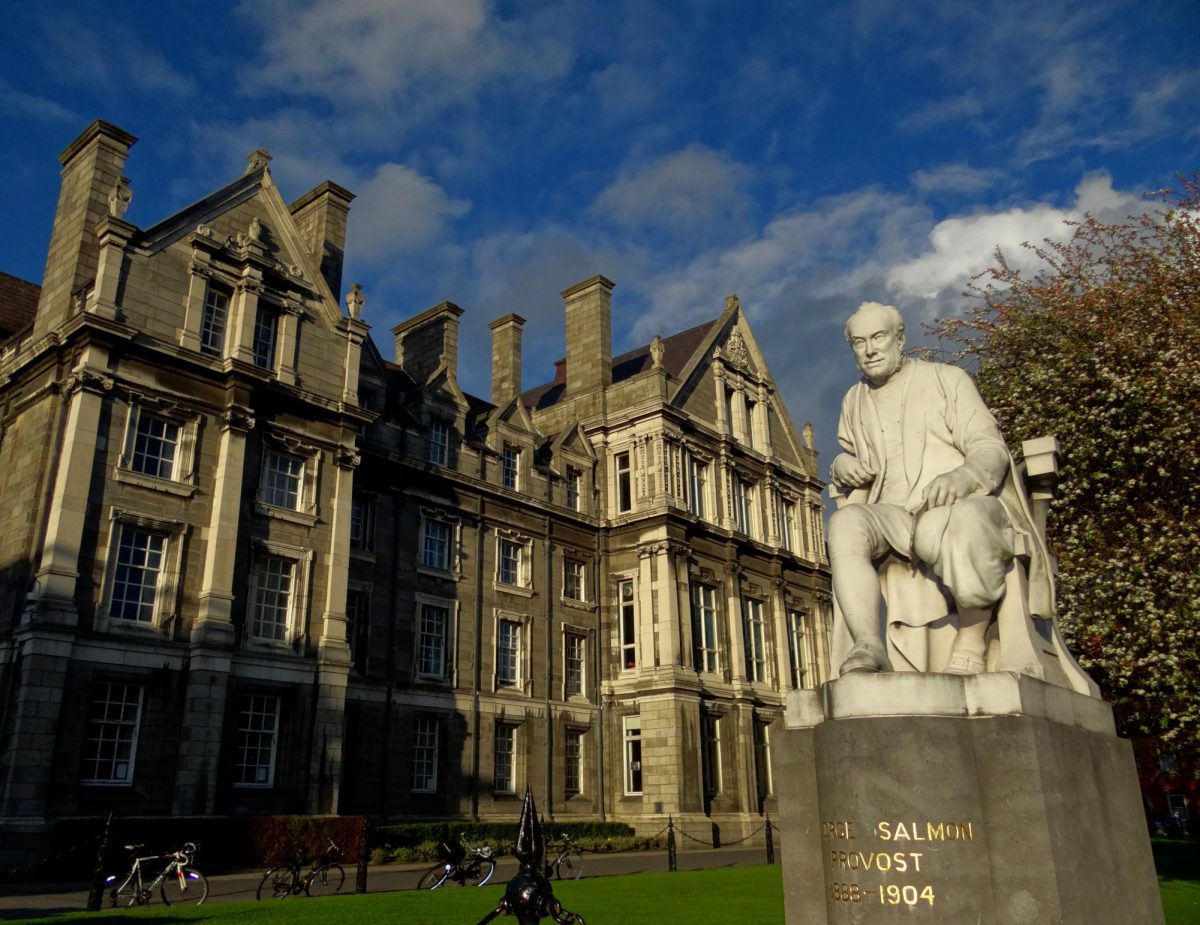Netflix released its four-episode historical drama “Death by Lightning” on Nov. 6, with early feedback being strong. The series has stayed in Netflix’s top 10 TV shows in the U.S. since its debut.
Before I dive into this series, we must understand the life of James A. Garfield, the 20th U.S. president. A former Union general from Ohio, Garfield served in Congress from 1863-1880 before winning the 1880 presidential election.
In July 1881, he was shot at a Washington train station and later died from infection rather than the bullet itself. The series turns Garfield from a barely known figure into someone brought back from the depths of history, 144 years after his death.
Created by Mike Makowsky and directed by Matt Ross, “Death by Lightning” was inspired by Candice Millard’s book “Destiny of the Republic.” It stars Michael Shannon as President James A. Garfield and Matthew Macfadyen as Garfield’s assassin Charles Guiteau, with Nick Offerman, Bradley Whitford and Betty Gilpin also in prominent roles.
The series tells two stories at once. Garfield, a relatively unknown Ohio Union soldier and politician, is suddenly nominated as the Republican candidate for president against his wishes at the 1880 Republican convention. At the same time, Guiteau, a failed lawyer who lived a life as a delusional drifter, full of schemes, moves from “supporting” former President Ulysses S. Grant to obsessing over Garfield.
Episode one, “The Man from Ohio,” lays the foundation for the 1880 presidential election. Garfield tries to avoid the Republican nomination, but the chaos of the convention pushes delegates toward him after a long stalemate. The episode did a good job keeping the political process clear.
It shows how deals are made, displays power shifts and fights between reformers and traditionalists. Considering the current political environment, I feel we have it easy compared to the lengths politicians went to get high ranking positions in Washington, considering that nothing was off limits back in the 19th century.
Guiteau tries to insert himself into any campaign worth any gain to him and his future, hoping someone will notice him. It is an efficient opening that shows how two very different men end up on a collision course.
Episode two, “Party Faithful,” highlights the pressures leading up to Garfield’s victory. Cabinet choices, demands for favors and party loyalty all hit at once.
Guiteau reappears after stalking many key members of the Garfield Campaign earns him a minor campaign speech that makes him believe that he is qualified for a major appointment. His confidence grows even though no one takes him seriously. The episode moves quickly as Garfield tries to push reform while the system continues to resist.
Episode three, “Casus Belli,” raises the tension. Garfield refuses to give in to party bosses who want control over federal jobs, setting up a direct clash with Sen. Roscoe Conkling and the New York machine. Corruption was rampant during this time due to everything going through the ports in New York, which I found very interesting.
Meanwhile, Guiteau’s expectations twist into something darker.
His need for recognition becomes an obsession. Add in all of the foreshadowing the series projects in relation to Garfield’s death, it made an event that was already known suspenseful.
The series does not exaggerate Guiteau, instead leaning towards how entitlement and instability can mix in a way that leads to violence.
Episode four, “Destiny of the Republic,” is the hardest to watch. Guiteau shoots Garfield at the Baltimore and Potomac station, but the president survives the initial wound. What follows is the real tragedy. Doctors ignore basic sanitary practices, probe the wound with unclean hands, and refuse help from others. Infection spreads because of pride and outdated beliefs.
Garfield suffers for weeks while the country waits. Alexander Graham Bell attempts to help with a metal detector, but fails when doctors limit where he can search. The episode ends with Vice President Chester Arthur taking office and moving reform forward in the wake of the crisis.
The series does a great job in its accuracy of events throughout. I really liked how much depth was put into Garfield’s assassination and the role Dr. D. Willard Bliss had in Garfield’s slow decline and his death.
The fact-checking grounds the drama instead of letting it drift into exaggeration. However even though the accuracy was decent some events were dramaticized, like one of the final scenes with Mrs. Garfield and Guiteau talking inside the prison over how history would remember someone.
This was clearly a fictional conversation that foreshadowed events that did not happen.
The series stays clear and easy to follow. Shannon plays Garfield with steady strength. Macfadyen shows Guiteau growing in danger without turning him into a cartoon. Betty Gilpin and Nick Offerman add depth as Lucretia Garfield and Chester Arthur. Every role adds something real to the story.
By the end, “Death by Lightning” is a very well-made political series. It does not try to reinvent history. It lays out how an overlooked president confronted a broken political system, how an unstable man slipped through the cracks and how the nation paid the price. For anyone who wants a series that respects the story and the audience, this one is worth your time.









